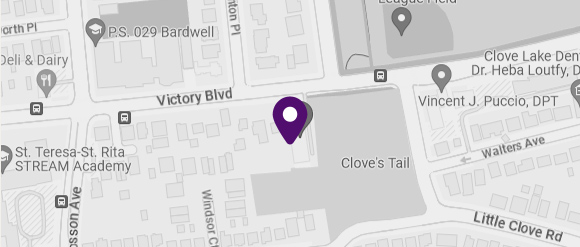Perioperative Leukocyte-Poor Platelet-Rich Plasma Associated with Reduced Risk of Retear After Arthroscopic Rotator Cuff Repairs: A Systematic Review and Meta-Analysis of Randomized Controlled Trials
Administration of LP-PRP is associated with significantly reduced post-operative retear rates at minimum 12 months follow up compared to a saline injection control group. However, its use did not demonstrate clinically meaningful effects on postoperative pain or patient-reported outcomes, highlighting its primary benefit as enhancing structural healing.
Biologic Therapies in the Management of Sports-Related Tendon and Ligament Injuries: A Narrative Review
Sports-related tendon and ligament injuries are common among athletes and active individuals, often resulting in prolonged recovery and compromised performance. Traditional management strategies, including physiotherapy and surgical repair, may not yield optimal outcomes, prompting growing interest in biologic therapies such as platelet-rich plasma (PRP), mesenchymal stem cells (MSCs), and other regenerative modalities.
Comparing the efficacy of ankle arthrodesis performed through anterior or lateral approaches in end-stage ankle arthritis treatment
To investigate the clinical efficacy of arthrodesis performed through anterior and lateral approaches for ankle arthritis treatment.
Top 12 Home Remedies for Nerve Pain (Neuropathy) in the Feet
Home remedies can support medications and specialist procedures commonly used to treat nerve pain in the feet, known as peripheral neuropathy.1 These include therapeutic foot baths, compression socks, foot massage, topical pain relievers, and simple rest.
Causes of Pain and Burning in the Achilles Tendon
Injury to your Achilles tendon can cause pain, burning, redness, and swelling. The Achilles tendon is a thick tendon that attaches your calf muscles to your heel bone. It is crucial for walking, running, and jumping.
Healthcare News
Contact Dr. Walls
Schedule an Appointment to Receive Specialist Orthopaedic Care for Foot & Ankle

Manhatten Office
1171 Delancey Street, New York, NY 10002
Tell :
Book an Appointment →
Staten Island Office
1534 Victory Boulevard, Staten Island, NY 10314
Tell :
Book an Appointment →
Midtown East Office
645 Madison Avenue, 3rd Floor, New York, NY 10022
Tell :
Book an Appointment →











